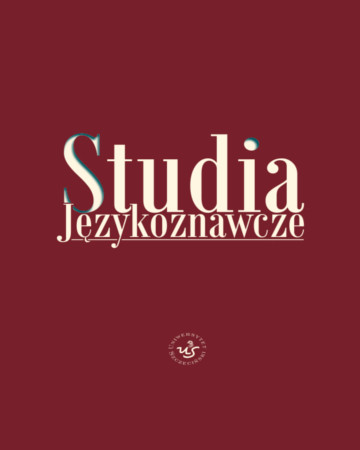





| Authors: |
Magdalena
Czachorowska
Uniwersytet Kazimierza Wielkiego w Bydgoszczy |
| Keywords: | Bolesław Prus colours unfamiliar terrain area friendly to writer |
| Data publikacji całości: | 2014 |
| Page range: | 16 (51-66) |
| 1. | Bachórz J., Wstęp do B. Prus „Lalka”, Zakład im. Ossolińskich Wydawnictwo PAN, Seria I, nr 262, s. LXXX, Wrocław 1984. |
| 2. | Bystroń, J.S, Wyobraźnia artystyczna Bolesława Prusa, Warszawa 1922. |
| 3. | Czachorowska M., Wyobraźnia pisarska Bolesława Prusa i Stefana Żeromskiego na przykładzie słownictwa topograficznego i nazw barw, Bydgoszcz 2006. |
| 4. | Słownictwo pism Stefana Żeromskiego, t. 5, Świat barw, oprac. K. Handke, Kraków 2002. |